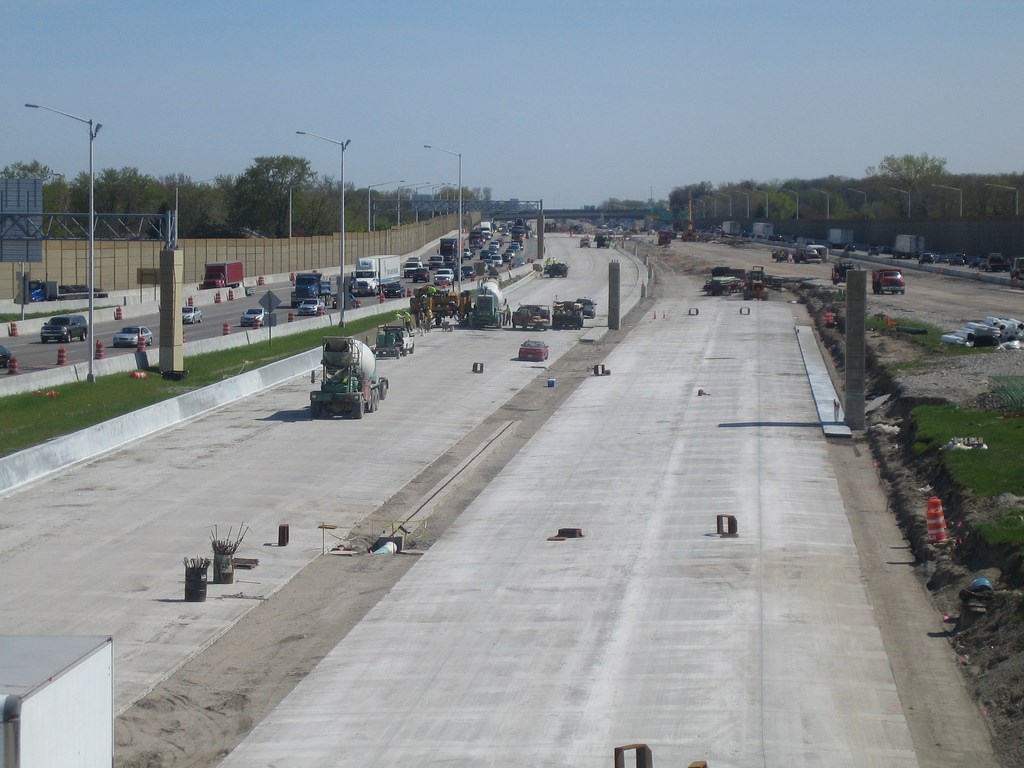The Myth of DOT Mismanagement
It amounts to 2 percent of highway spending. That won’t solve roads budget deficit.
A recurring theme in the gas tax debate involves allegations of waste, fraud, and abuse since Governor Walker and Republicans have taken control of the Department of Transportation. A Legislative Audit Bureau report issued early this year is offered as evidence.
Here’s a question: If the audit is authoritative proof of mismanagement, what about this finding of the auditors (emphasis added):
DOT generally had effective oversight of the processes for soliciting bids and awarding construction contracts and took steps to control construction costs, but it could take additional steps.
Department critics skate by that significant conclusion. It doesn’t fit their narrative.
Instead, according to WMC lobbyist Scott Manley, the audit “found that DOT failed to save $289 million by not meeting its own performance goals.” (Separately, Senator Robert Cowles, co-chair of the Legislative Audit Committee, wrote at the time of the audit’s release: “DOT potentially could have saved $191.9 million over 6 yrs if it had met its annual on-budget performance measure goals.”)
Splitting the difference between Manley and Senator Cowles, let’s stipulate that DOT could have saved $250 million during the 6-year period covered by the audit. Total highway spending in that period was $12 billion. So, “potential” inefficiencies amounted to a decidedly modest 2 per cent of highway spending.
Manley could not resist delivering a whopper that has been repeated by others. He claimed the audit “found sixteen DOT projects had collectively run over budget by more than $3 billion.”
In December of 2016, Governor Walker’s transportation department issued a detailed report that identified $1.5 billion in one-time and ongoing savings from improved management and design of highway projects. Here’s a link to the report. I previously have challenged DOT critics to identify and refute the accuracy of any savings identified, savings which are five times greater than the amount called out by Manley. The response? Crickets.
Several Republican Senators have made a particular point of alleging waste at DOT. One recently said it’s not a “conservative” approach to give more money to a mismanaged agency. During the same news cycle Senate Republicans endorsed $750 million in new borrowing for highway projects.
Some concluding questions:
If DOT in fact is mismanaged, why borrow $750 million on top of the billions in new debt already OK’d since the GOP took control in 2010? Why not “live within our means” and go to the base budget?
Or, as some claim, if DOT has been whipped into shape by a new Secretary, why harp on (bogus) claims about past management? That’s history. DOT says it accepts all the audit findings. Time to move on.
George Mitchell is a former journalist who has held positions in federal, state, and county government and served as a consultant to various governmental and private sector groups.
Transportation
-
MCTS Adds 28 New Buses
 Jul 13th, 2024 by Graham Kilmer
Jul 13th, 2024 by Graham Kilmer
-
MCTS Designing New Bus Shelters
 Jul 10th, 2024 by Graham Kilmer
Jul 10th, 2024 by Graham Kilmer
-
MCTS Updates RNC Bus Detours To Better Serve Downtown, Riders
 Jul 9th, 2024 by Jeramey Jannene
Jul 9th, 2024 by Jeramey Jannene





















Should we not be comparing what Wisconsin pays for road infrastructure versus other similar all weather states such as Minnesota and Michigan to see if were getting values from the DOT.
Something tells me this report may not have been looking at some items that many of us would consider waste. For example, those arms that come down at the on ramps to the freeway? The DOT insists those must be electronically controlled (instead of manual) but didn’t want to pay for a remote controlled (so they don’t have to dispatch anyone to the site) versions. Thus, someone still must arrive onsite to close them. It cost hundreds of thousands of dollars to install these for each interstate project.
To make matters worse, how many people have actually seen them in use? I’ve seen the freeways shut down, but the ramps weren’t controlled by these arms, they had LEO’s onsite to block the ramp.
Total. Waste. Of. Money.
Is there a report that looks at things like this? How about over building? Do we need 2 lane roundabouts in small towns when a simple stop sign works just fine? (I’m not against roundabouts, I’m against over engineering)